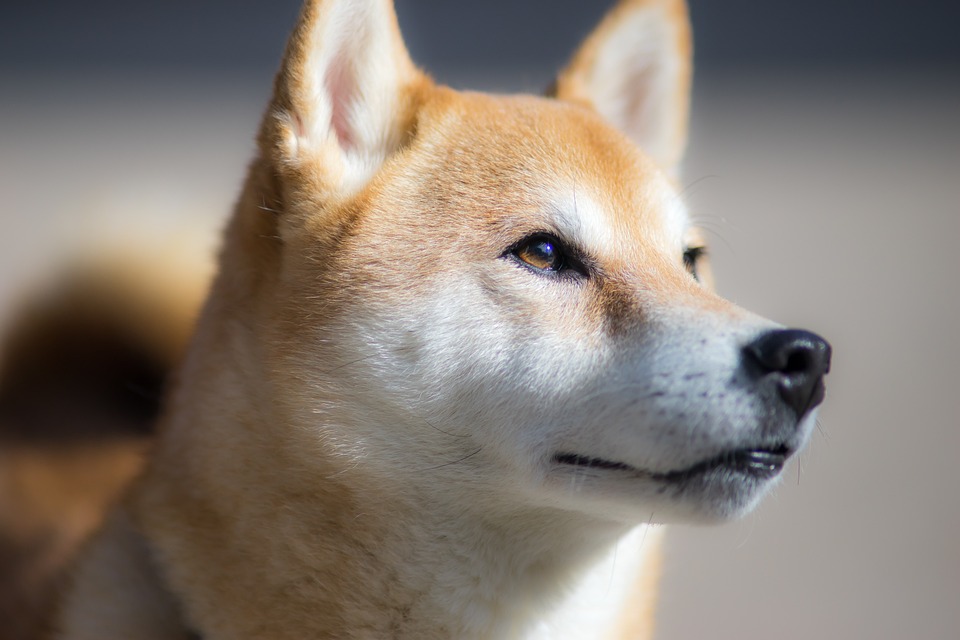Double-coated dog breeds have a unique coat structure that requires special attention and care. These breeds, such as Siberian Huskies, Golden Retrievers, and Samoyeds, possess an outer coat of guard hairs and an undercoat of insulating fur. To keep their coats healthy and looking their best, it is important to follow specific grooming techniques and provide appropriate care. In this article, we will guide you through the essential steps of grooming and caring for a double-coated dog breed.
Understanding the Double-Coat Structure
Before diving into grooming techniques, it is crucial to understand the structure of a double coat. A double coat consists of two layers: the outer coat and the undercoat.
The outer coat consists of longer, coarser guard hairs that protect the dog’s skin from external elements such as rain, snow, or UV rays. These hairs help repel dirt and water, keeping the dog’s skin dry.
The undercoat is a dense layer of soft, insulating fur that keeps the dog warm in colder weather and cool in warmer weather. It acts as a natural thermostat, regulating body temperature.
Brushing: The Key to a Healthy Coat
Regular brushing is vital for maintaining the health and appearance of a double-coated dog’s fur. Here are some essential tips for brushing your double-coated dog:
1. Choose the right tools: Use a combination of a slicker brush and an undercoat rake or deshedding tool. These tools are designed to penetrate the dense undercoat without harming the skin.
2. Start with detangling: Before brushing, gently detangle any knots or mats using your fingers or a detangling spray. This ensures a smoother brushing experience for your dog.
3. Brush in layers: Begin brushing the top layer of guard hairs using long, gentle strokes. Then, move on to the undercoat, using the undercoat rake or deshedding tool to remove loose fur.
4. Be thorough: Pay extra attention to areas prone to matting, such as behind the ears, the chest, and the tail. Brush all the way down to the skin to prevent tangles and matting.
5. Time it right: Brushing sessions should be regular but not excessive. Aim for at least once a week, or more frequently during shedding seasons.
Bathing and Drying: A Delicate Balance
Bathing a double-coated dog should be done with care to preserve the natural oils in their fur. Follow these steps for a successful bathing experience:
1. Choose the right shampoo: Use a dog-specific shampoo that is gentle, hypoallergenic, and does not strip the natural oils from the coat. Avoid using human shampoos or products with harsh chemicals.
2. Brush before bathing: Brush your dog thoroughly before bathing to remove any loose fur, mats, or tangles. This prevents further tangling during the bathing process.
3. Water temperature matters: Use lukewarm water to avoid shocking your dog’s system. Extreme temperatures can stress them and damage their skin.
4. Apply shampoo gently: Dilute the shampoo with water and apply it evenly, avoiding the dog’s eyes, ears, and mouth. Massage the shampoo into the coat, paying attention to the undercoat.
5. Rinse, rinse, rinse: Rinse thoroughly to remove all shampoo residue, as leftover shampoo can cause skin irritation. Ensure no soap bubbles remain on your dog’s coat.
6. Dry with care: Use a towel to gently pat your dog dry. Avoid vigorous rubbing, as it can tangle the fur. If using a blow dryer, set it to a low, cool setting to prevent heat damage.
Frequently Asked Questions (FAQs)
Q: How often should I brush my double-coated dog?
A: Brushing frequency depends on the breed and the individual dog’s coat condition. Generally, aim to brush your double-coated dog at least once a week, or more frequently during shedding seasons.
Q: Can I shave my double-coated dog to help them stay cool in hot weather?
A: Shaving a double-coated dog is not recommended. Their double coat provides insulation and protects their skin from the sun’s harmful rays. Shaving can disrupt the natural cooling and heating mechanisms of their coat.
Q: What if my double-coated dog develops mats or tangles?
A: Mats and tangles should be dealt with promptly. Use your fingers or a detangling spray to gently separate the hairs. If the mat is severe, consult a professional groomer to avoid causing pain or injury to your dog.
Q: Are there any specific dietary requirements for double-coated dogs?
A: While a balanced diet is important for all dogs, it is recommended to provide double-coated breeds with a high-quality dog food rich in essential fatty acids. These nutrients contribute to healthy skin and coat.
Proper grooming and care are essential for maintaining the health and beauty of your double-coated dog’s fur. By understanding their unique coat structure and following the correct techniques, you can ensure your furry companion looks and feels their best.









